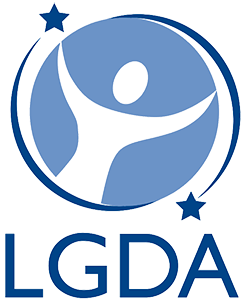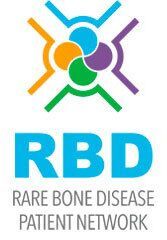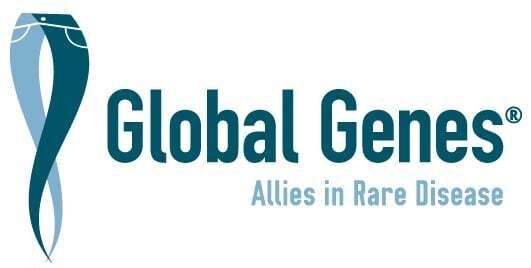
When navigating a rare condition like a lymphatic malformation (LM), words matter. The language doctors, researchers, and advocates use to describe these conditions directly affects how patients find information, how care teams collaborate, and how research moves forward. That’s why, in 2025, the International Society for the Study of Vascular Anomalies (ISSVA) updated their classification system for all vascular anomalies — including lymphatic malformations.
How ISSVA Defines Lymphatic Malformations
Under the ISSVA classification, lymphatic malformations are divided into three main groups:
1. Isolated LMs
These occur most commonly in the head and neck but may involve any part of the body. They can be further divided into subtypes based on their structure and appearance:
- Macrocystic LMs – larger cysts that are often visible and may respond to sclerotherapy or surgical approaches.
- Microcystic LMs – made up of many tiny cysts that spread into tissues, making them harder to fully remove.
- Mixed macro/microcystic LMs – contain both large and small cystic components.
- Angiokeratoma – superficial vascular skin lesions that can be associated with lymphatic malformations.
2. Complex Lymphatic Anomalies (CLAs)
These are multisystem conditions where abnormal lymphatic development extends beyond one location usually affecting multiple body systems and bones. They include:
- Generalized Lymphatic Anomaly (GLA)
- Kaposiform Lymphangiomatosis (KLA)
- Gorham-Stout Disease (GSD)
- Central Conducting Lymphatic Anomaly (CCLA)
- Generalized Lymphatic Dysplasia (GLD)
3. Lymphedemas
These conditions are caused by impaired lymphatic drainage, leading to chronic swelling. They are categorized as:
- Primary lymphedema – developmental abnormalities of the whole lymphatic system caused by inherited genetic mutations that often present at birth or early in life.
- Secondary lymphedema – caused by external factors such as surgery, trauma, infection, or following cancer treatment.
Moving Away from Outdated Terms
In the past, a variety of names were used to describe lymphatic malformations, including:
- Lymphangioma
- Cystic hygroma
- Lymphangioma circumscriptum
- Mesenteric cystic lymphangioma
- Lymphangiomatosis
- Vanishing Bone Disease
These terms are no longer used in the ISSVA classification because they created confusion. Patients with the same condition might be given different names for it, making it harder to find reliable information, access research, or even connect with other families facing similar challenges.
Why Correct Terminology Matters
Using accurate, up-to-date terminology isn’t just for scientists — it has real-world impact.
- For patients and families: It ensures access to the right information and specialists and reduces the frustration of searching through outdated or conflicting resources.
- For clinicians and researchers: Shared language allows for better collaboration, clearer communication, and improved design of research studies and clinical trials.
- For advocacy and awareness: Consistent terminology strengthens the community’s visibility within the broader rare disease field, ensuring that LMs are recognized in medical, research, and policy conversations.
The Path Forward
By embracing the ISSVA classification and leaving outdated terms behind, we can create clarity, unity, and stronger outcomes for everyone touched by lymphatic malformations. Accurate language helps build a bridge between patients, families, clinicians, and researchers — a bridge that leads to better care, deeper understanding, and new hope.
Resources:
- ISSVA Classification Glossary for Vascular Anomalies, ©2025 International Society for the Study of Vascular Anomalies Available at "issva.org/classification" Accessed 2025.
- ISSVA Classification of Vascular Anomalies ©2025 International Society for the Study of Vascular Anomalies Available at "issva.org/classification" Accessed 2025.











